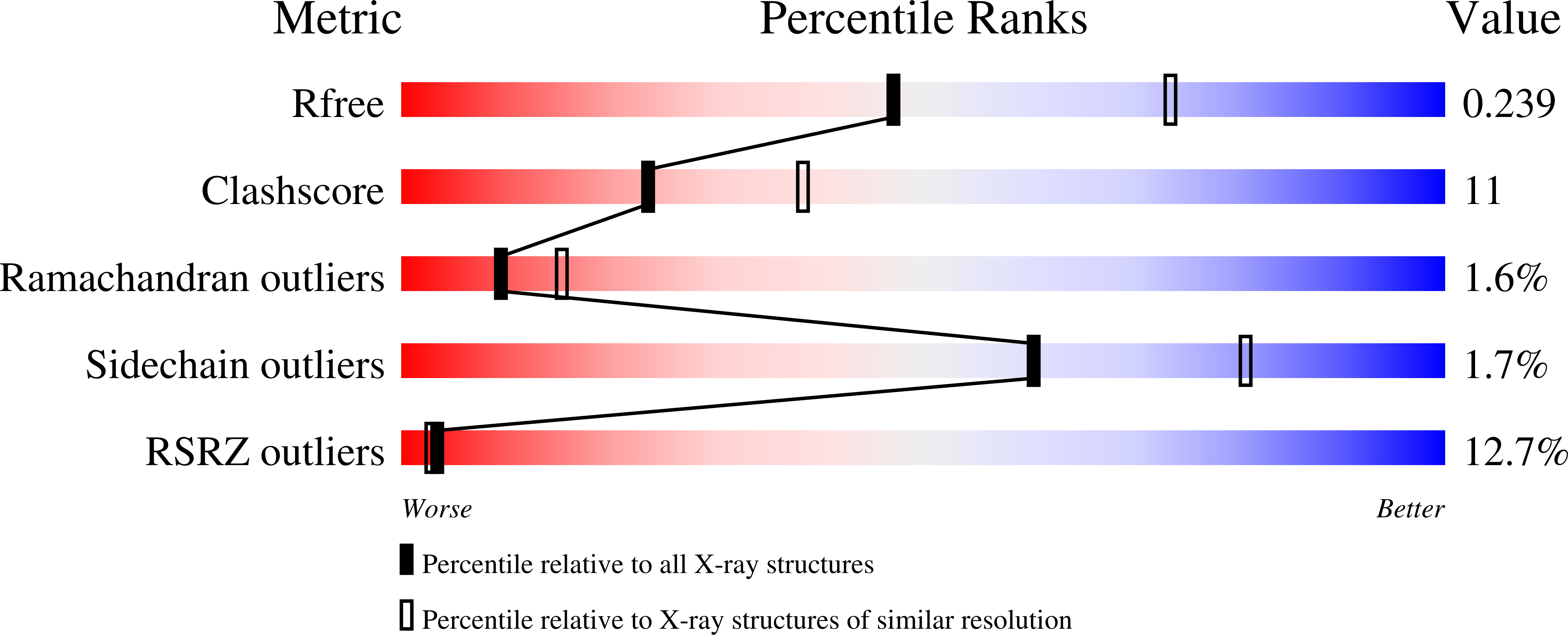
Deposition Date
2020-04-30
Release Date
2020-12-23
Last Version Date
2023-10-18
Entry Detail
PDB ID:
6WS5
Keywords:
Title:
Rational drug design of phenazopyridine derivatives as novel inhibitors of Rev1-CT
Biological Source:
Source Organism:
Homo sapiens (Taxon ID: 9606)
Host Organism:
Method Details:
Experimental Method:
Resolution:
2.47 Å
R-Value Free:
0.23
R-Value Work:
0.20
Space Group:
P 21 21 21


